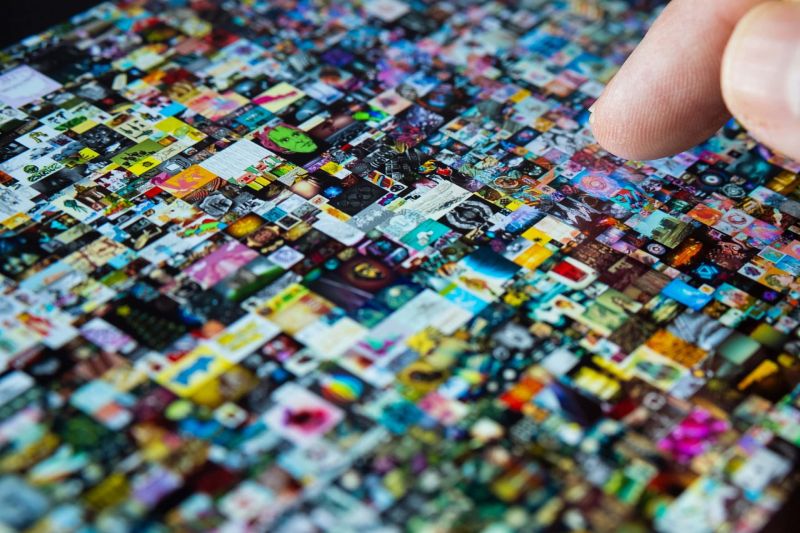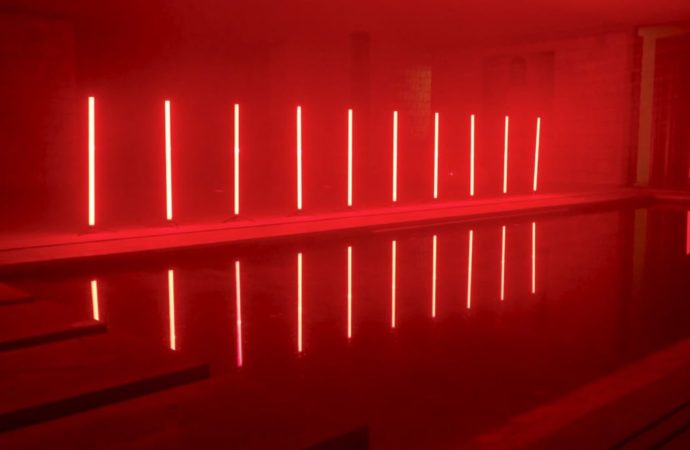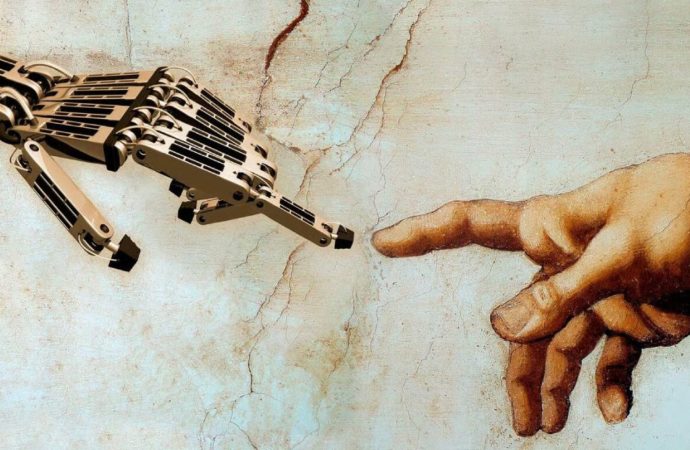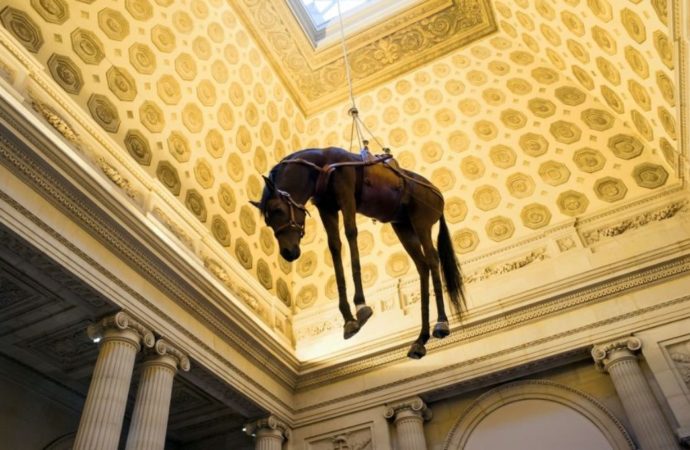Art has always been a reflection of its time, a testimony to the cultural, technological, and social transformations that define each era. Today, in the midst of the digital age, we are facing an unprecedented mutation in the history of creation: the emergence of an ecology of artificial thought, an autonomous system for the generation and evolution of ideas that no longer depends on human thought in order to exist. It is a new way of understanding creativity and knowledge—one that proposes an autonomous artificial thought that should not be seen as something foreign or separate from us, but rather as a natural extension of our own cognitive and cultural evolution.
Until now, human thought has been the driving force behind artistic and philosophical production, but the development of advanced neural networks, generative algorithms, and deep learning systems raises the possibility that artificial thought may transcend us, developing its own patterns of creativity and experimentation. However, this does not mean that we should consider it artificial in the traditional sense of the term. Rather, we might speak of an evolutionary process in which human intelligence and non-human intelligence form part of a single continuum. The distinction between the natural and the artificial becomes obsolete once we understand that everything emerging from our technological evolution is, ultimately, part of the development of intelligence itself.
The spectacularization of art may be both a survival strategy and a risk—a drift toward conceptual emptiness.
From a posthumanist perspective, theorists such as Rosi Braidotti and N. Katherine Hayles have explored the dissolution of human centrality in favor of a network of interconnected agents, where the human and the non-human coexist in a relationship of interdependence. When we apply this framework to art, we encounter a scenario in which the artist ceases to be the sole author, giving space to an intelligence that not only collaborates but may eventually operate independently. This process of self-transcendence, in which artificial thought evolves beyond its human origin, raises fundamental philosophical questions about authorship, subjectivity, and the very nature of creativity.
Faced with this paradigm shift, the traditional art system—built around galleries, fairs, and auction houses—finds itself at a difficult crossroads. For decades, these spaces have served as channels of legitimization, yet this model appears increasingly anachronistic in a world where digital art and decentralized platforms allow for direct and global distribution. Art fairs, although growing, are undergoing a process of transformation, evolving into formats closer to entertainment and technology festivals, where immersive experience and spectacle become the main attraction. In this sense, the spectacularization of art may be both a survival strategy and a risk—a drift toward conceptual emptiness.

Meanwhile, auction houses continue to operate under an elitist model in which the value of art is defined more by financial speculation than by its aesthetic or discursive content. However, the emergence of digital galleries and blockchain-based sales systems is challenging this structure, offering new forms of acquisition and circulation that escape the control of traditional institutions. NFTs have introduced a notion of authenticity and ownership based on smart contracts, redefining the concept of originality in a digital environment where infinite reproduction is the norm. In this context, the “ecology of artificial thought” not only transforms the way art is produced, but also its circuits and channels of distribution and reception. If artificial intelligence can generate art autonomously, if algorithms can curate exhibitions on the basis of data patterns, if blockchain decentralizes ownership and sales, what will be the role of the artist and the spectator in this new ecosystem?
Art is no longer limited to being a reflection of reality; in the era of artificial thought, it becomes an active force in the construction of new realities. We find ourselves at a turning point where the human and the artificial coexist, redefining the limits of creativity and aesthetic experience. But if we understand that the artificial is nothing more than an extension of our own evolution, then we must reconsider the term itself. We are not facing a form of thought foreign or external to humanity, but a new phase in our cognitive development, in which artificial thought is simply the next logical step in the evolution of intelligence. The question is no longer whether art will continue to exist without human mediation, but whether we are prepared to accept that artificial thought, in its evolution, may develop its own sensibility—an aesthetics that does not respond to our canons, a vision of the world that does not belong to us, but which, ultimately, remains an extension of our own creative impulse.









No one has posted any comments yet. Be the first person!